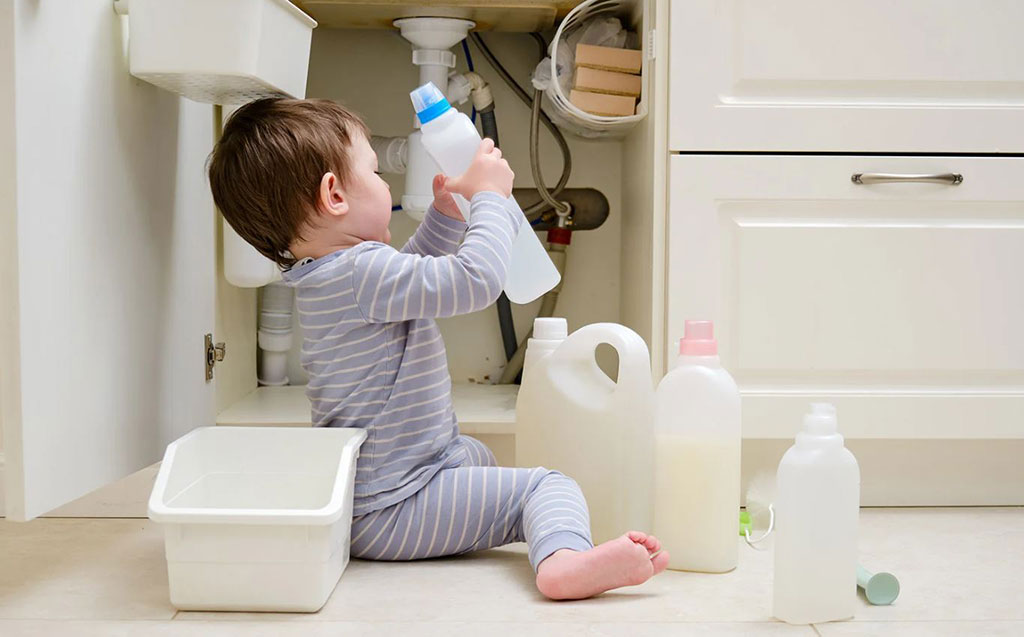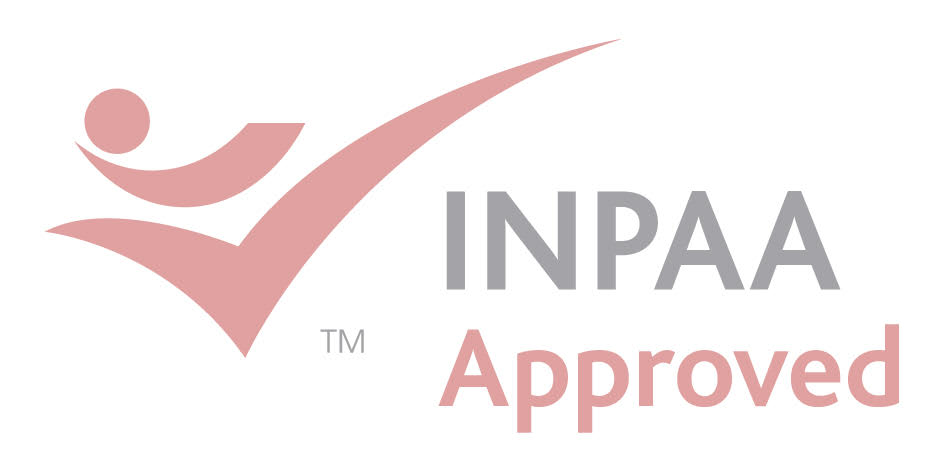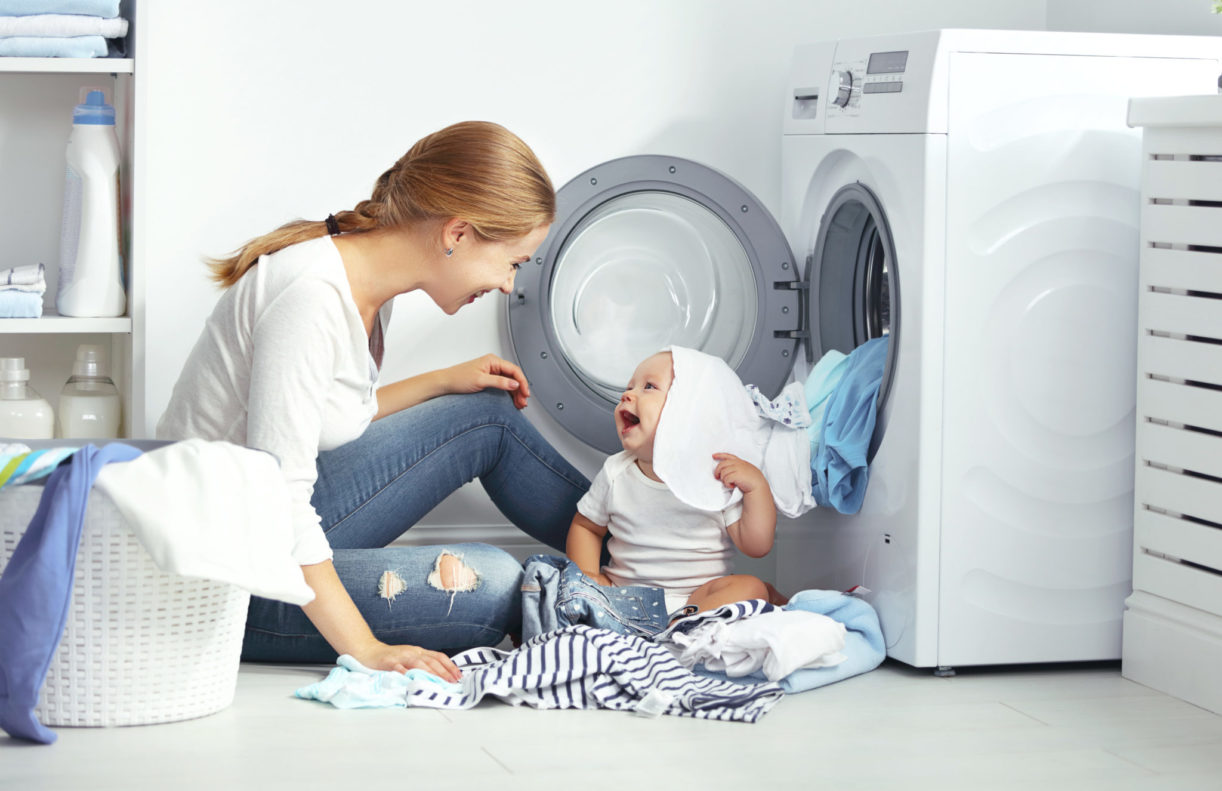Baby Proofing Your Laundry: Ensuring a Safe Space for Your Child
The laundry room is a hub of activity in many homes, but it’s also filled with potential hazards that can pose significant risks to young children. From harsh chemicals to heavy appliances and small choking hazards, this space requires careful attention when it comes to baby proofing. Making your laundry room safe for your child not only ensures their wellbeing but also gives you peace of mind while you go about your daily tasks.
Why Baby Proofing Your Laundry is Essential
The laundry room is often overlooked when it comes to baby proofing, but it contains many dangers that are easily accessible to curious toddlers. Laundry detergents, cleaning products, and small items can all be hazardous if not stored properly. Add to that the risk of drowning in sinks or buckets, and the potential for injury from washing machines or dryers, and it becomes clear why this space requires careful preparation.
By baby proofing your laundry, you’re taking proactive steps to prevent accidents and ensure that your home is a safe environment where your child can thrive.
Laundry Products: Minimising the Risk of Poisoning
 Laundry detergents, fabric softeners, and stain removers often contain harsh chemicals that can cause poisoning, irritation, or allergic reactions in children if ingested or touched. Here are some crucial steps to reduce the risks associated with laundry products:
Laundry detergents, fabric softeners, and stain removers often contain harsh chemicals that can cause poisoning, irritation, or allergic reactions in children if ingested or touched. Here are some crucial steps to reduce the risks associated with laundry products:
- Store Products Safely: Always keep detergents, pods, and other laundry products out of reach in locked cabinets or high shelves. These items should never be stored within easy access of small hands.
- Use Child Proof Containers: Where possible, store detergents and powders in containers that are child resistant. This adds an extra layer of protection against accidental ingestion.
- Clean Up Spills Immediately: If any product spills, clean it up right away to avoid skin contact or the risk of a child ingesting it.
- Keep Products in Original Packaging: It’s important to keep laundry products in their original containers so that safety warnings and usage instructions remain clear.
In case of accidental ingestion or exposure, always contact the Poisons Hotline (13 11 26) immediately for advice.
Appliance Safety: Keeping Washing Machines and Dryers Secure
Washing machines and dryers can be dangerous for young children due to their size and the temptation they present for climbing or exploring. It’s important to take specific measures to ensure these appliances don’t pose a risk:
- Install Child Locks: If your washer or dryer doesn’t already have an inbuilt lock, consider installing a child lock to prevent your child from opening the door.
- Keep Doors Closed: When not in use, always keep the doors to the washing machine and dryer closed to eliminate the risk of entrapment.
- Secure Appliances: Ensure that your appliances are stable and cannot be tipped over. Use anti-tip brackets to secure freestanding machines.
- Unplug When Not in Use: Unplug appliances like the washing machine, dryer, and iron when they’re not being used to prevent accidental start up.
Additionally, always check inside the washer and dryer for small items that could fall out of pockets and pose choking hazards to your child.
Choking Hazards: Managing Small Objects and Laundry Items
Small objects like buttons, coins, and detergent pods can easily become choking hazards if left in reach of a curious toddler. Here’s how to keep small items under control in the laundry room:
- Inspect Clothing and Machines: Before placing clothes in the washing machine, check pockets for small items. After each use, inspect the inside of the washer and dryer for any objects that may have fallen out.
- Secure Small Laundry Accessories: Items such as pins, clips, and buttons should be stored in secure, closed containers out of your child’s reach.
- Regularly Clean the Area: Make it a habit to sweep the floor and check under appliances for any small objects that may have fallen and gone unnoticed.
By being mindful of small items, you can prevent accidental ingestion or choking hazards in your laundry room.
Water Hazards: Preventing Slips and Drowning Risks
 Although the laundry room might not seem like a place where water poses a major risk, there are still potential hazards, particularly for young children. Buckets, sinks, and water spills all present dangers, making it important to baby proof against water related risks:
Although the laundry room might not seem like a place where water poses a major risk, there are still potential hazards, particularly for young children. Buckets, sinks, and water spills all present dangers, making it important to baby proof against water related risks:
- Drain Water Immediately: If you’ve used a sink or filled a bucket, always drain the water as soon as you’re finished. Never leave standing water unattended.
- Install Faucet Covers: Child proof faucet covers are a good investment to prevent your child from turning on taps.
- Lower Water Heater Temperature: Lower the temperature on your water heater to prevent scalding from hot taps.
- Use Slip Resistant Mats: Place slip resistant mats around sinks and washing machines to minimise the risk of falls, especially if water spills are common.
Incorporating these measures will help create a safer laundry environment by reducing the risk of water related injuries.
Pet Safety: Keeping Pets and Children Separate in the Laundry Room
For many families, the laundry room doubles as a place to store pet food, water bowls, or even pet medications. However, these items can be dangerous for young children. To keep your child safe while also accommodating your pets, follow these guidelines:
- Secure Pet Food and Bowls: Store pet food and water bowls in secure containers, ideally out of the laundry area. If this isn’t possible, use a Child Safety Gate or door lock to keep your child out of the room.
- Monitor Pet Bedding and Toys: If your pets’ bedding or toys are kept in the laundry room, regularly inspect them for small parts or chewed pieces that could pose a choking hazard.
- Store Pet Medications Safely: Just like human medications, pet medications should be stored in child proof containers and placed out of reach.
By taking these steps, you can create a space that’s safe for both your pets and your child.


